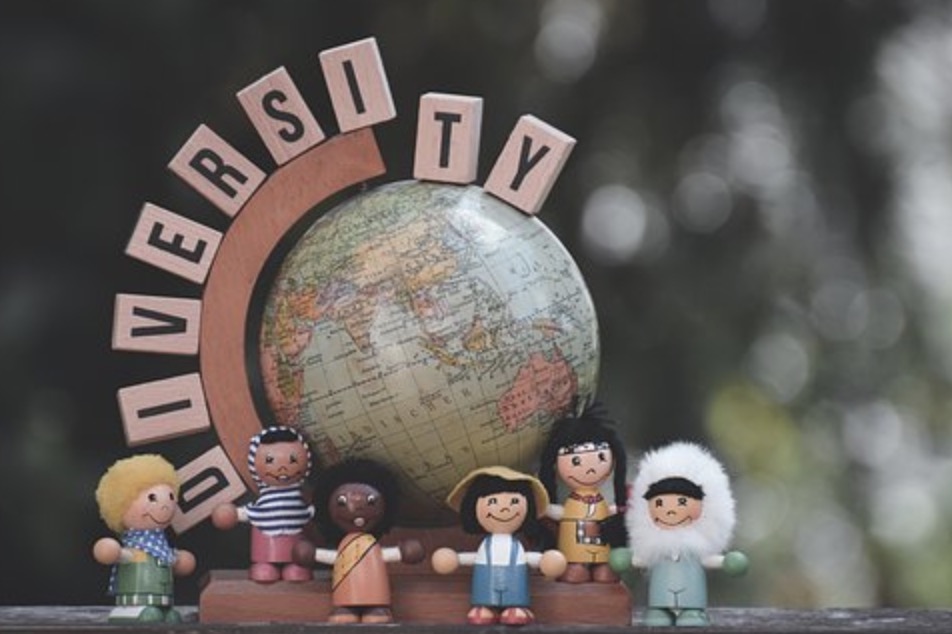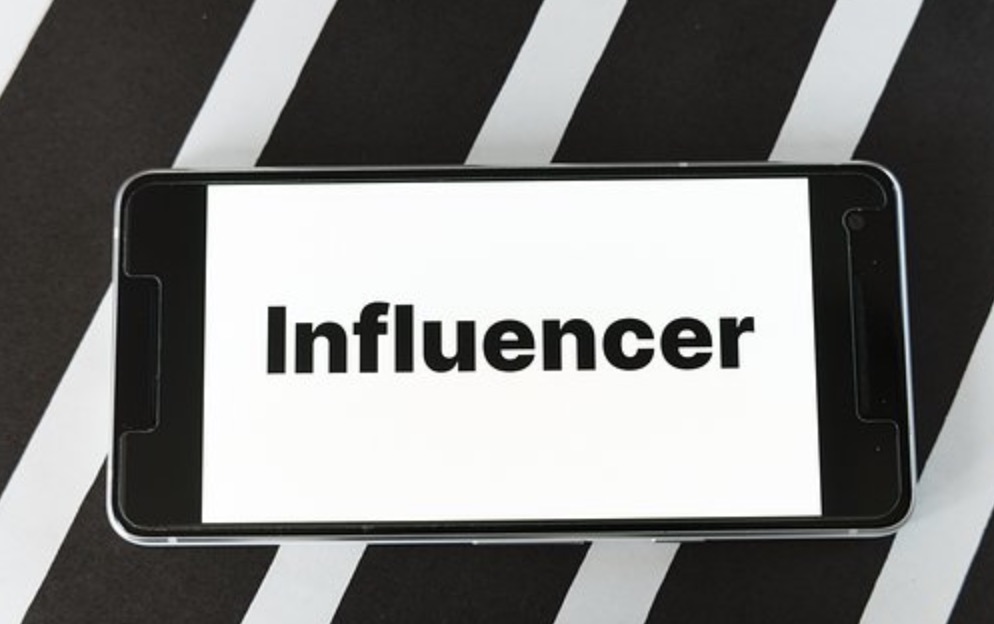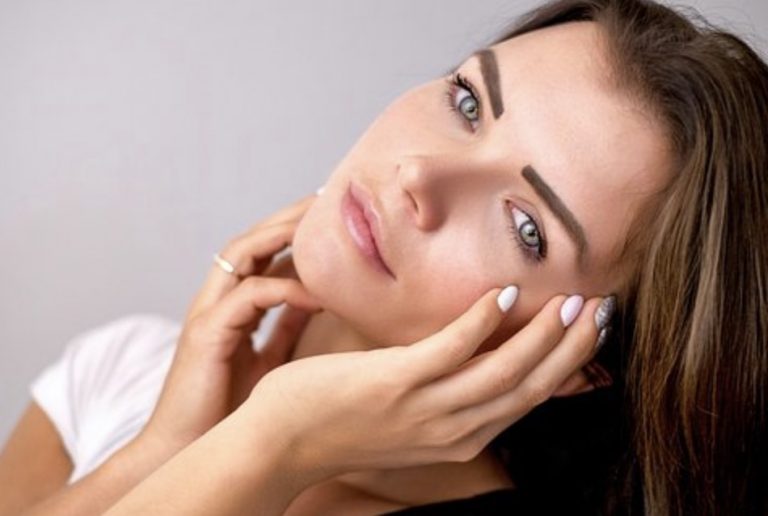According to industry experts, the world sees new beauty trends every decade that overtake the previous things in vogue. Makeup and cosmetic manufacturers often assess beauty outcomes and devise new means to sustain product relevance. So it’s not surprising that the sector generates revenue above $100 billion worldwide. For consumers, the target is to continue to look good while looking out for major improvements in beauty product lines. Here are some biggest trends thriving in the beauty industry.
Story Stages
1. Accepting natural beauty
The beauty industry has thrived on eliminating perceived flaws or hiding them for years. This fuelled the drive for cosmetic and makeup lines that worked ‘magic’ on users. For several decades, the straight-out-of-magazine look graced runways, television, and everyday life. In recent times, however, there has been a subtle pushback against these beauty ideals. This has therefore given rise to the birth of natural beauty and the number of celebrities joining the trend. The era of over-processed images has given way to broader and more realistic beauty ideals.
It explains why several beauty brands developed and implemented marketing campaigns and products to push the trend. The years when models hid freckles under makeup have given way to flaunting the natural skin. The rollover effect on the public has been impressive, given the trends on social media. For example, Tik Tok began the faux freckles campaign, and people who don’t have natural freckles use simple makeup tricks to get them. It is worth mentioning that beauty brands are targeting young adults to embrace natural beauty, so keep this in mind.
2. Increased interest in at-home beauty treatments
Many beauty experts attributed this to the pandemic in 2020. Several months of lockdown and restrictions gave rise to the preference for at-home beauty treatments. Consumers felt more comfortable accessing entire product lines that could be used at home. This inadvertently cut out the reliance on cosmetologists, hair stylists, barbers, spa treatments, and everyone else captured under the middleman duty in the beauty world. As proof of this, the Fashion Network reported that nail care product sales skyrocketed as females especially procured them to use at home.
Additionally, hair clipper sales shot up to 166% by the end of the first quarter of 2020. Hair dyes, skin care products, and many others also recorded high sales. Fast forward to 2022, and reports indicate that some users appreciate the cost-effective benefits of at-home beauty care. By cutting out labor costs, consumers save money. Another survey on this trend discovered that the saved money is often used to procure skincare products most consumers would have ignored, so feel free to consider this.
3. Increased demand for male beauty products
Beauty is no longer a characteristic of only females. Over the years, male self-grooming activities have grown and expanded into the beauty industry. More men are losing their hold on the scruffy male appeal and embracing clean-shaven and smooth skin. Additionally, makeup for men has transcended the television domain into everyday life. Previously, male TV personalities and movie stars wore makeup on the screen to project specific personas. With a growing demand for male grooming products, more of this gender is embracing laser hair removal and other beauty methods to boost skin appearance.
Last year, the market for men’s self-grooming increased to $12.34 billion. Within four years, the market share had almost doubled. This trend has come to stay as more men choose these products to enhance their appearance. Four years ago, industry giant Chanel, for the first time ever, released its maiden makeup line, ‘Boy de Chanel,’ for men. Other brands also followed suit and are making a great profit from this trend. Interestingly, many believe the Korean K-pop wave influenced the craze for male beauty trends.
4. Increased diversification and inclusivity in the beauty industry

For many decades, the beauty industry focused on makeup products for lighter or Caucasian skin. Therefore, people with dark skin tones struggled with the limitations that existed in the beauty world. The same concerns existed for hair care needs for those with non-Caucasian and Asian hair. This resulted in limited style options for people with kinky and curly hair. These agitations and what seemed like unintended discrimination led to an evolution in the beauty industry. Today, there are various skincare and makeup brands for under-represented skin types, so feel free to consider this.
The exciting part about increased diversity is concentrating on subtle hues in darker skin tones. Brands like Fenty, Black Opal, Nars, Mielle, Bevel, and so on are at the forefront of beauty diversity and inclusivity. You will also notice that these brands emphasize the imagery used for marketing and all publicity purposes. Including all skin types and genders continues to define this beauty evolution, so keep this in mind.
5. Demand for sustainable and clean beauty products
The 21st-century consumer is increasingly showing interest in sustainable products. The move towards a greener world is spurring consumers to contribute meaningfully towards protecting the environment. In response to this trend, the beauty industry has intensified efforts to introduce Green-conscious products onto the market. From production processes to packaging, the Green influence has become dominant. It is why you may have noticed an increase in reusable and refillable beauty product containers.
According to experts, sustainable beauty products are the future as the industry shifts toward them. Moreover, consumers becoming more conscious of their health will continue increasing demand. A survey revealed that end users want to recognize the names of ingredients on beauty product labels. The familiarity of ingredients will compel more people to invest in sustainable beauty brands. For instance, what would you recommend between Seaweed extract and Diethanolamine (DEA)? Of course, seaweed is familiar and relatable.
6. The blurring of lines in the beauty and wellness industry
In the last five to ten years, you may have noticed the blurring of lines in the beauty and wellness industries. Many products from both divides have overlapping functions driving this trend. Another side of the argument believes that the blurring of lines is fuelled by the ‘beauty from within’ concept. Many wellness products, for example, focus on healthy diets and supplements to enhance hair and achieve flawless skin.
Another area you may want to look at is the concentration on ‘green eating.’ This involves consumers focusing on responsibly-grown and ethical benchmarks for plant or animal-based food items. The same is happening in the beauty industry as users demand sustainable materials and ethical standards for their cosmetics. Consumers and the industry will likely see more of this trend in the future, so keep this in mind.
7. Partnering with influencers on social media

The rapid growth in the beauty industry is multi-faceted. Besides increasing consumer demands, influencers have played significant roles too. The trend started with celebrity influencers from the movie and music industries. When that option seemed to slow down a few years ago, the beauty industry brands quickly switched. They began to rely on social media influencers to push their products. Indeed, this was an excellent market move because of the concentration of a younger generation on these platforms.
Facebook, YouTube, TikTok, Instagram, and others have been used to promote new beauty product lines. Undoubtedly, these influencer partnerships have been lucrative, and experts say they can improve in the coming years. The power of social media drives the relationship between influencers and beauty brands, and it doesn’t look like this trend will disappear anytime soon. Moreover, with influencer numbers increasing each year, more beauty products may be endorsed.
